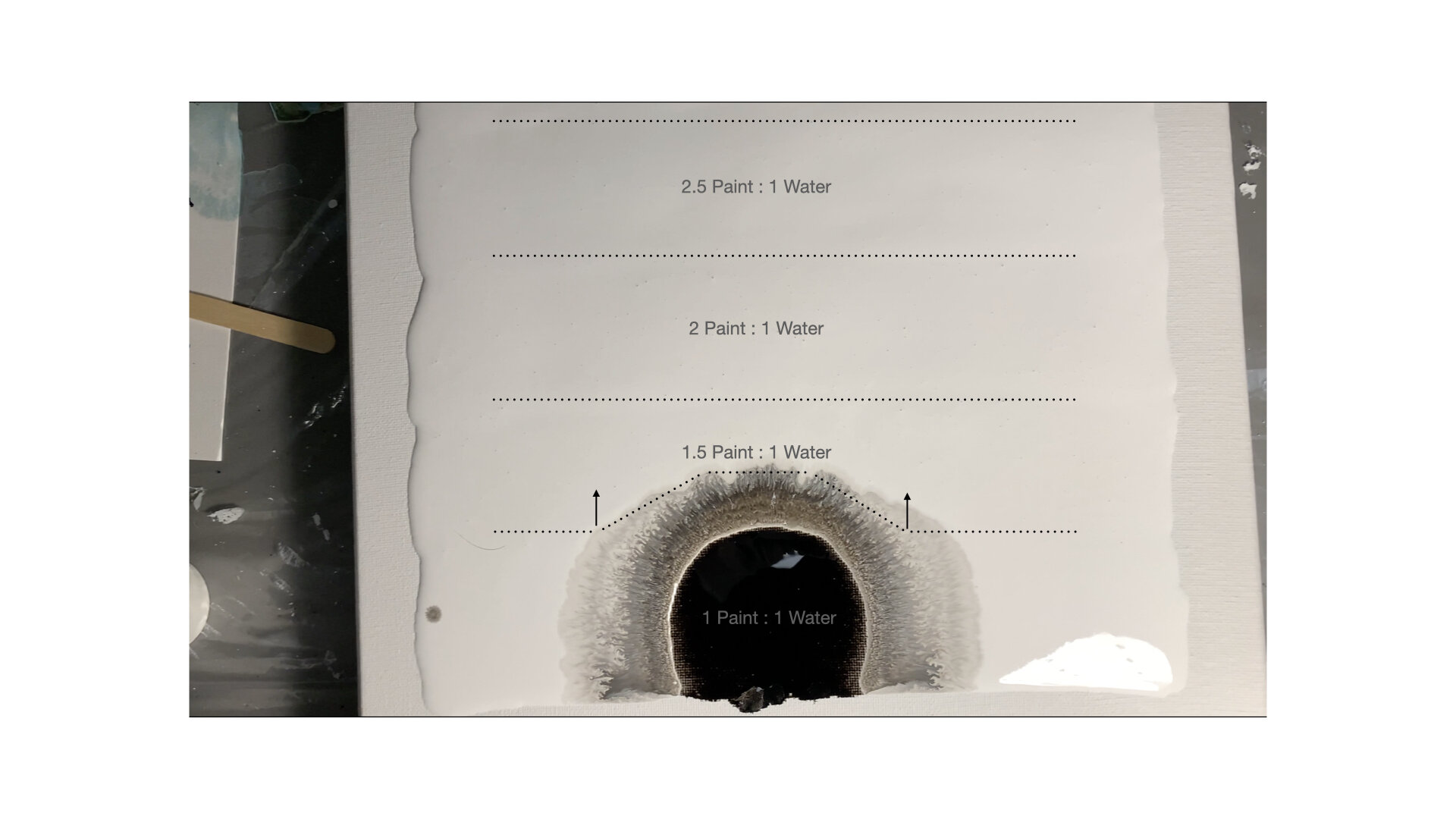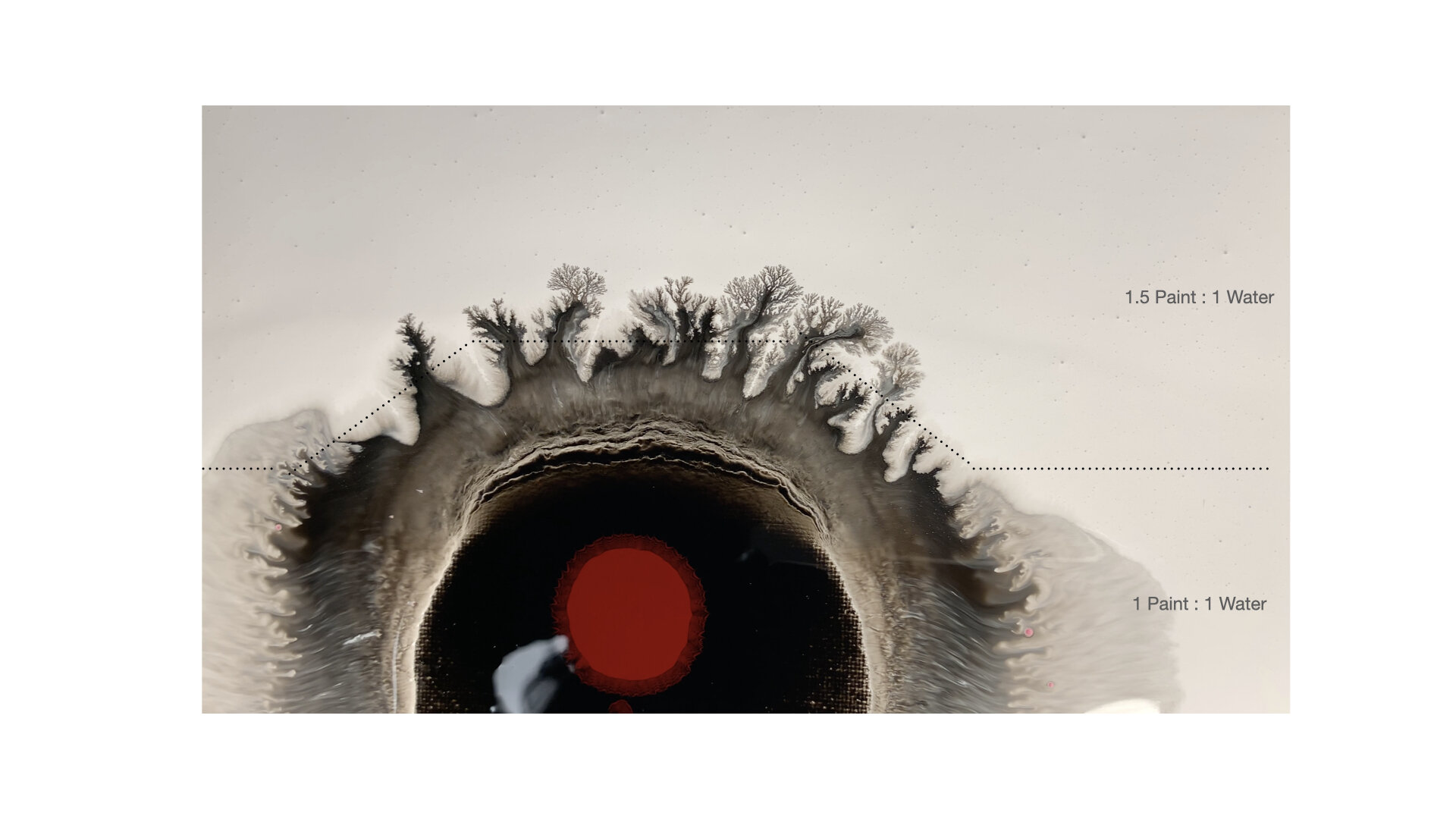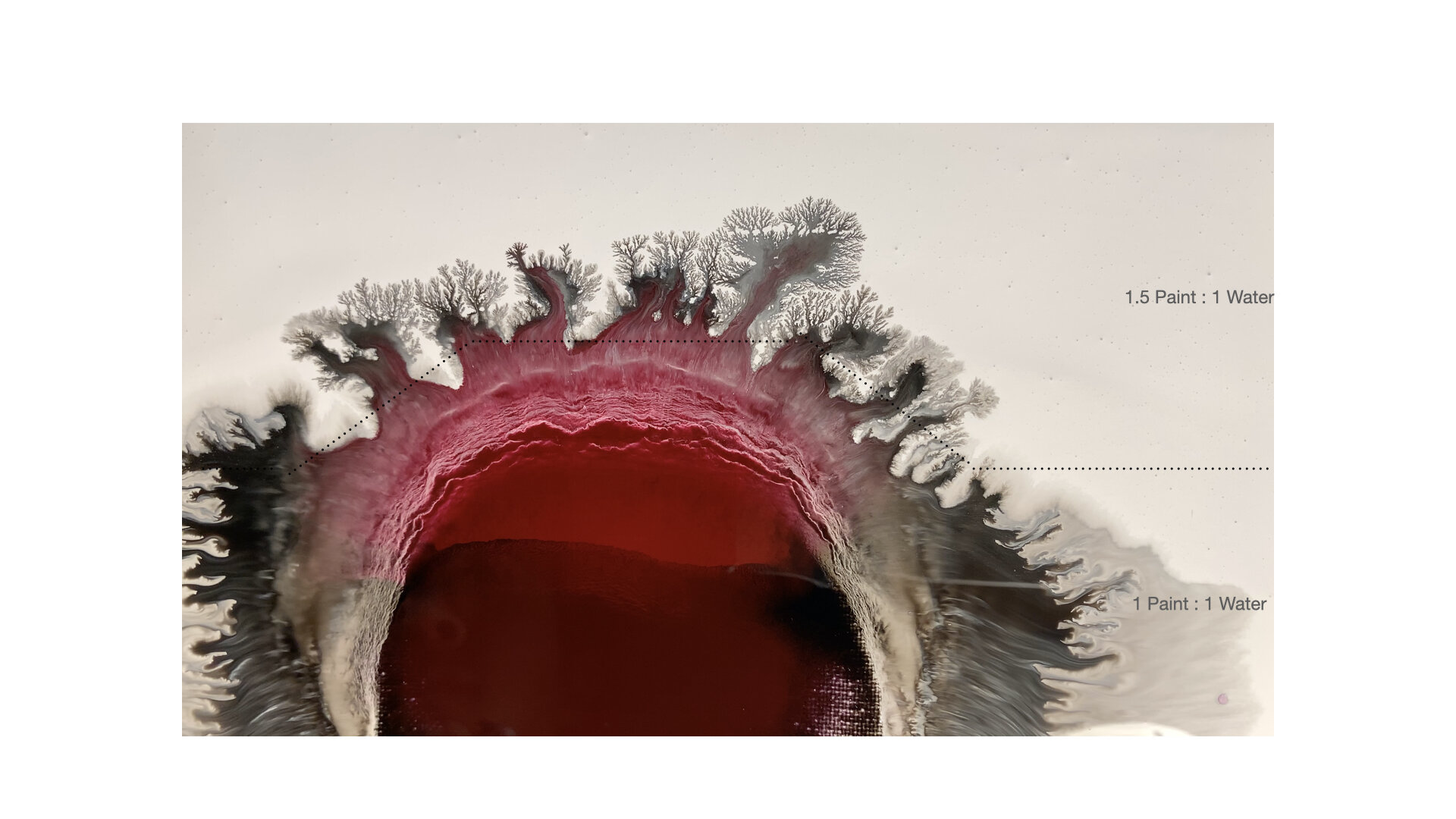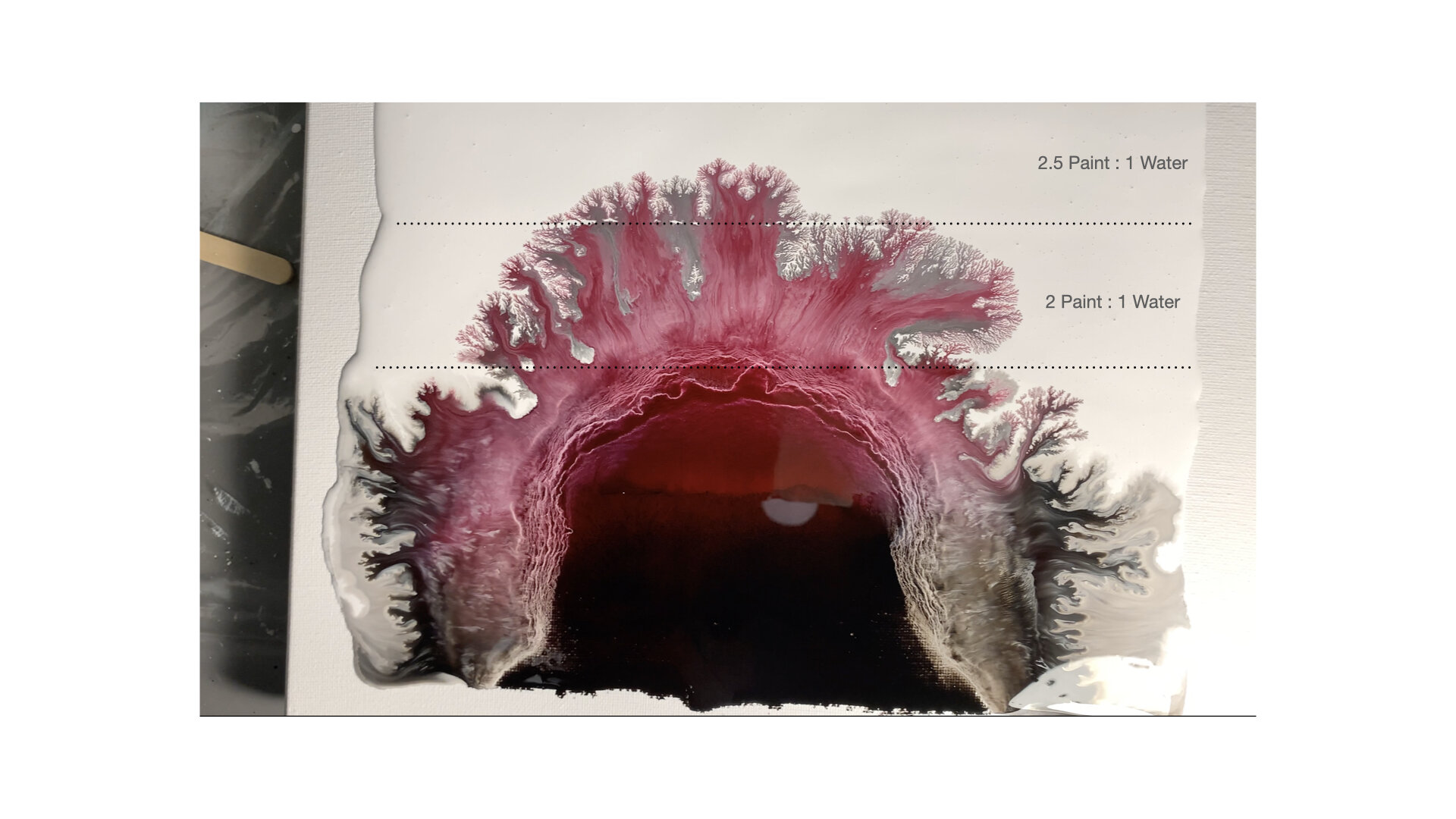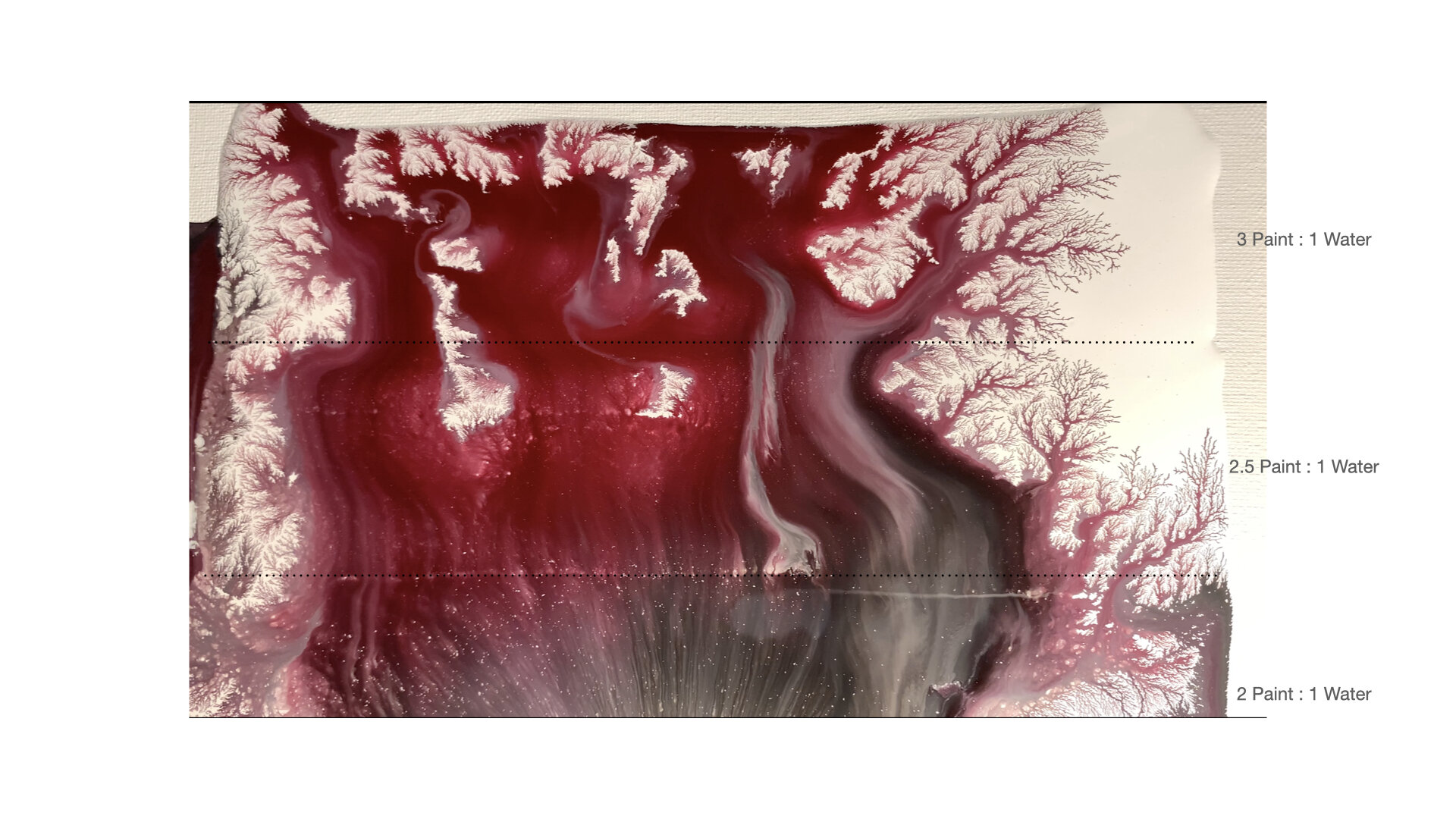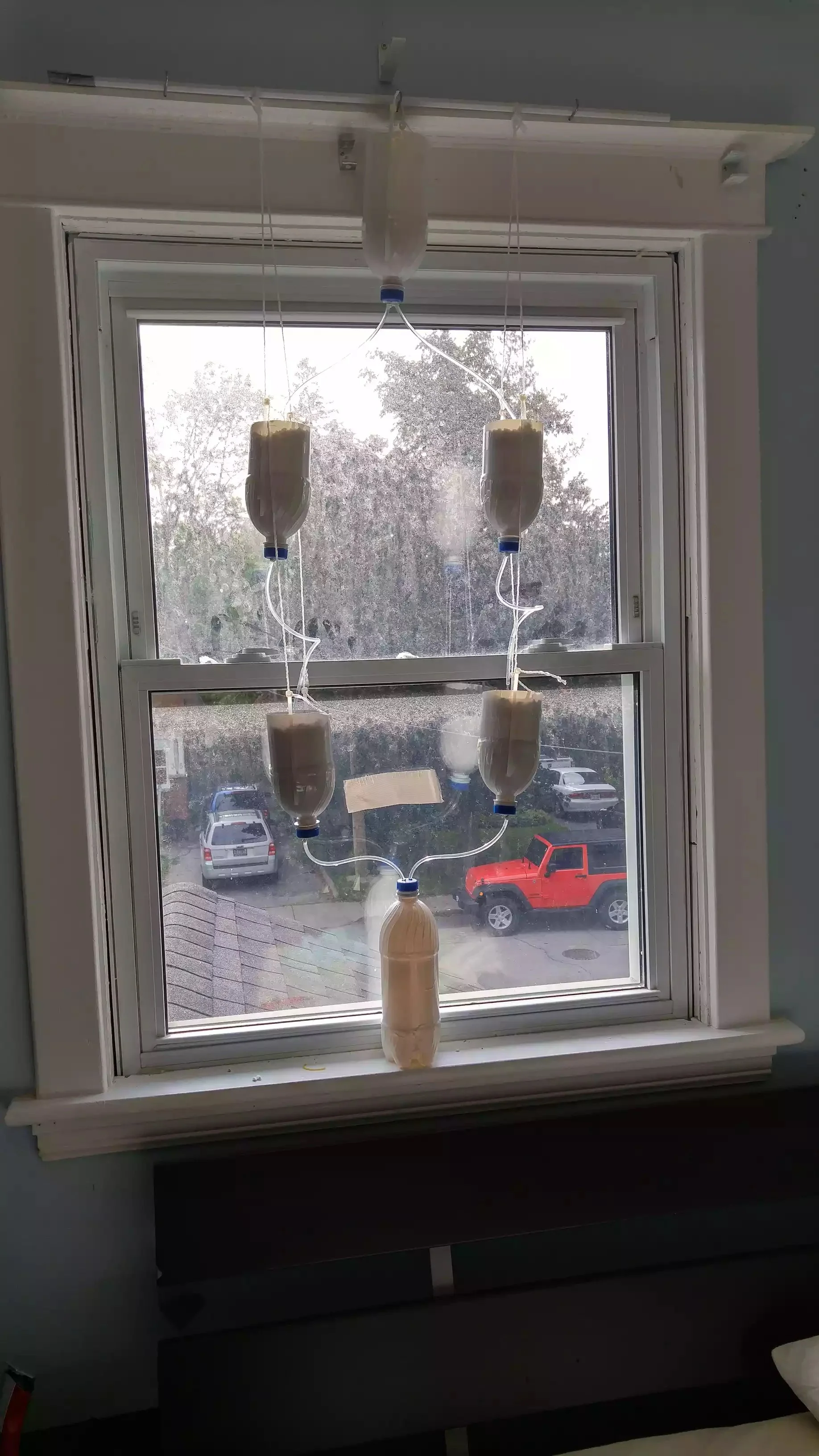Painting with dendritic branching
Branching
The tree-like branching that happens over small and large distance scales alike I have found fascinating for so long. The branching that occurs in life can be found everywhere - from the veins in your arm, to the alveoli in your lungs, the branches of a tree, or its roots. It occurs in the branching of rivers down a mountain, or the erosion of the mountain into canyons. The way that matter (like a snowflake, or metal) will solidify from liquid to solid will branch from a nucleation site and solidify into dendritic (or tree-like) structures as it cools. Lightning as it strikes the earth will also branch into this pattern to find the ground.
While it is easy to see patterns when there is none, seemingly a lot of the natural world does exist as self-similar branches.
A lot of the mechanisms that describe all of these phenomena can be explained in terms of energy and thermodynamics. There is a starting point and an ending point, and if the end point happens to be an energy minima then the means to go from point A to point B is apparently often using dendritic growth.
Ink and Paint
To study this phenomena I found a surrogate system that seems to fit these properties but with the advantage of being easily studied using house-hold materials: ink, isopropanol and paint.
If you have an alcohol-based ink and deposit it onto a surface, it will spread from it’s starting point in the direction that minimizes energy (radial typically if every direction is equivariant). This is a fascinating phenomenon I observed after watching videos from the painting community on YouTube. I am not entirely sure how it works and it seems like an interplay between viscosity, density, evaporation
If the surface (or substrate as I will call it) is not solid like a canvas/table but something simply denser than the ink then I have found that the ink spreads on it as if it is solid (ie. there is minimal diffusion vertically). This can be achieved by using something like a titanium based white paint as the substrate. If the substrate is made thinner by diluting it with water then the ink deposited on it will actually diffuse down into the substrate to some extent and this affects the degree of branching and the kinetics of the branching ink. In practice changing the density of the substrate can be a tunable parameter to affect the size, shape, and number of branches of the sprawling ink.
Ink diffusing through 5 sequentially denser mediums
Below I show the progression of ink added to a canvas containing thicker and thicker paint. As I deposit droplets of ink at the bottom of the canvas (continually providing more driving force), the ink diffuses radially and eventually goes upwards through the denser mediums.




